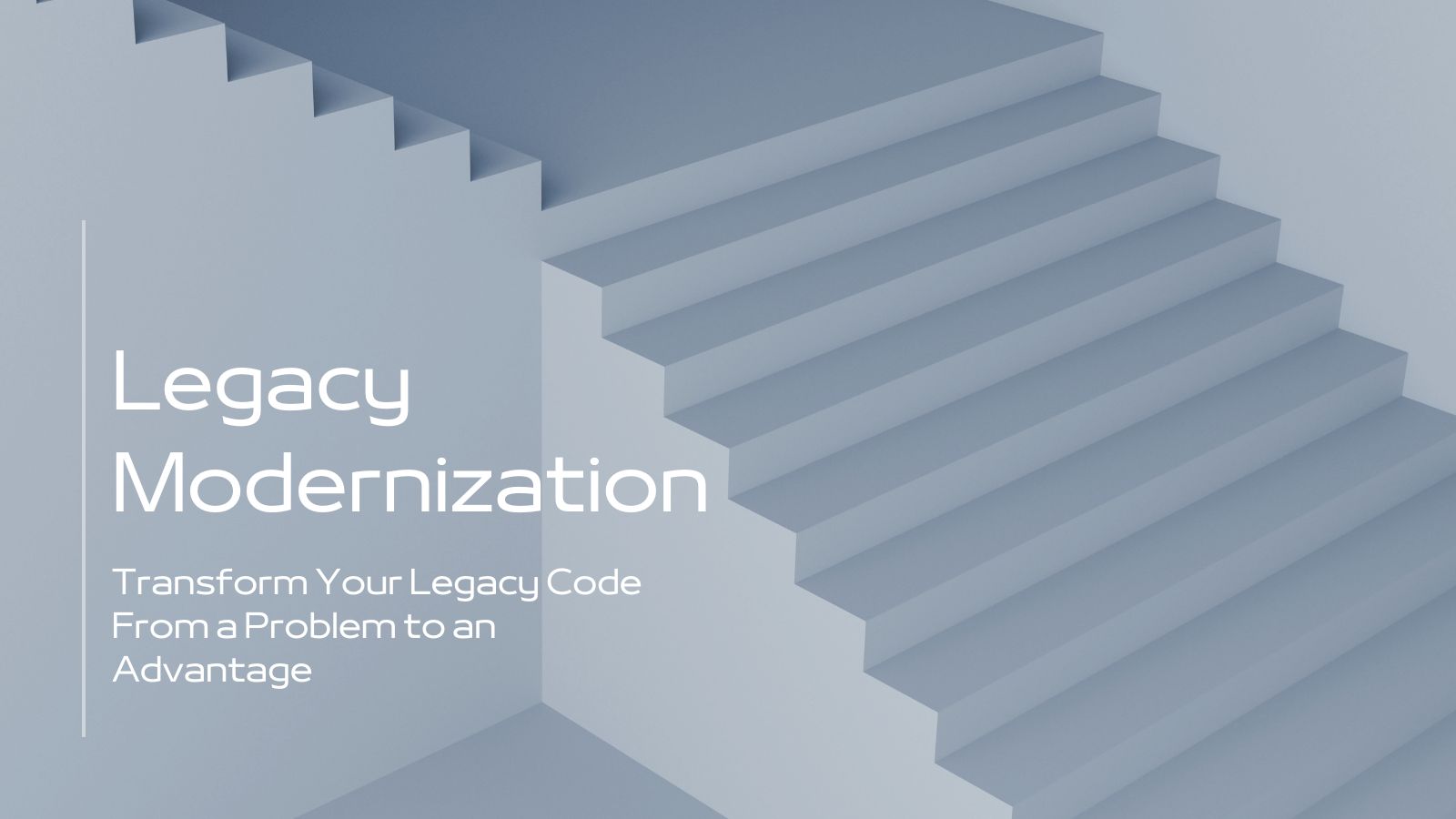Legacy Modernization

Learn to Salvage Your Code
Maintaining an old codebase costs you money, limits your possibilities and hinders opportunities.
You want to unlock the value of your application trapped in obsolete technology.
How This Course Can Help you
You Can Order Now
and start solving your legacy modernization issues.
1. Analysis
- Introduction. Overview of the course.
- What is Legacy Code?. Understanding the impact of legacy code.
-
Signs of Legacy Code?. Learning the symptoms of legacy code.
2. Diagnosis
- Techniques. Overview of the available solution to legacy issues.
- Diagnosis. The process for finding the issues in your project.
- Audit and Analysis. How to review and analyze the legacy code you have.
- Evaluating Signs of Legacy Code. Getting your team together to find the signs of your legacy code.
- Sizing Up Legacy Code. Understanding the impact of a legacy code and the modernization project.
- Choosing a Solution. Matching a Solution with your signs.
3. Resolution
- One-time Migration. All you need to know to transform code from one language into another and then throw away the old code.
- Continuous Transpilation. How to write code in one language and run it in another.
- Interpreter or Compiler. Keep the same code, but change the environment in which you run it.
- Database Migration. Changing to a more suited database can solve your legacy issues if you understand how to change it right.
- Change of Paradigm. You are changing how you work (e.g., from on-site to remote work), so your code must adapt, too (e.g., from desktop to mobile).
- Change of Framework. Changing a founding framework is harder than making a simple update.
- Manual Rewrite. Most of the time, rewriting your whole codebase is a bad idea; learn how to do it anyway in the safest way possible.
Curriculum
Overview
Available in
days
days
after you enroll
Analysis
Available in
days
days
after you enroll
Diagnosis
Available in
days
days
after you enroll
Resolution
Available in
days
days
after you enroll